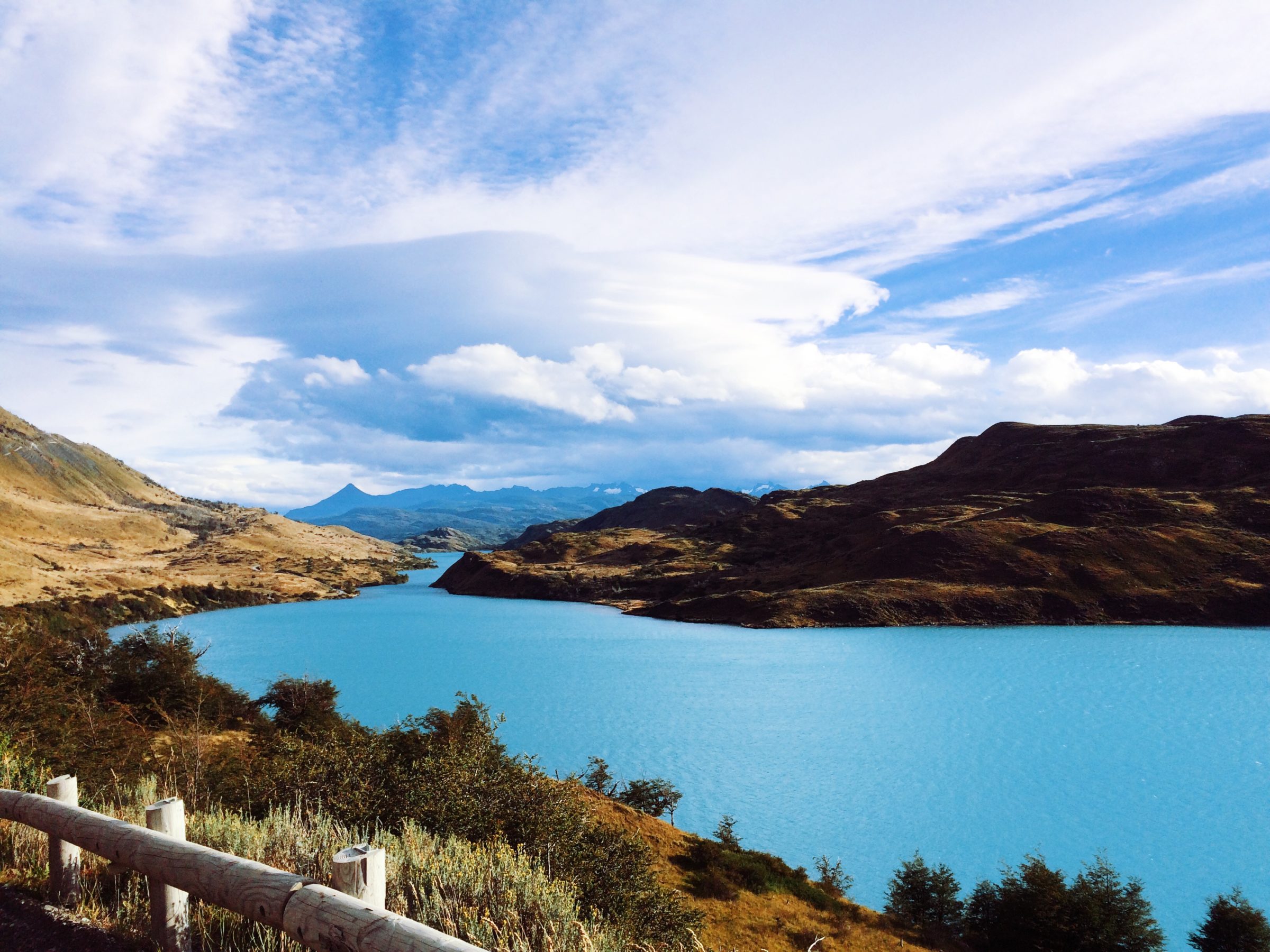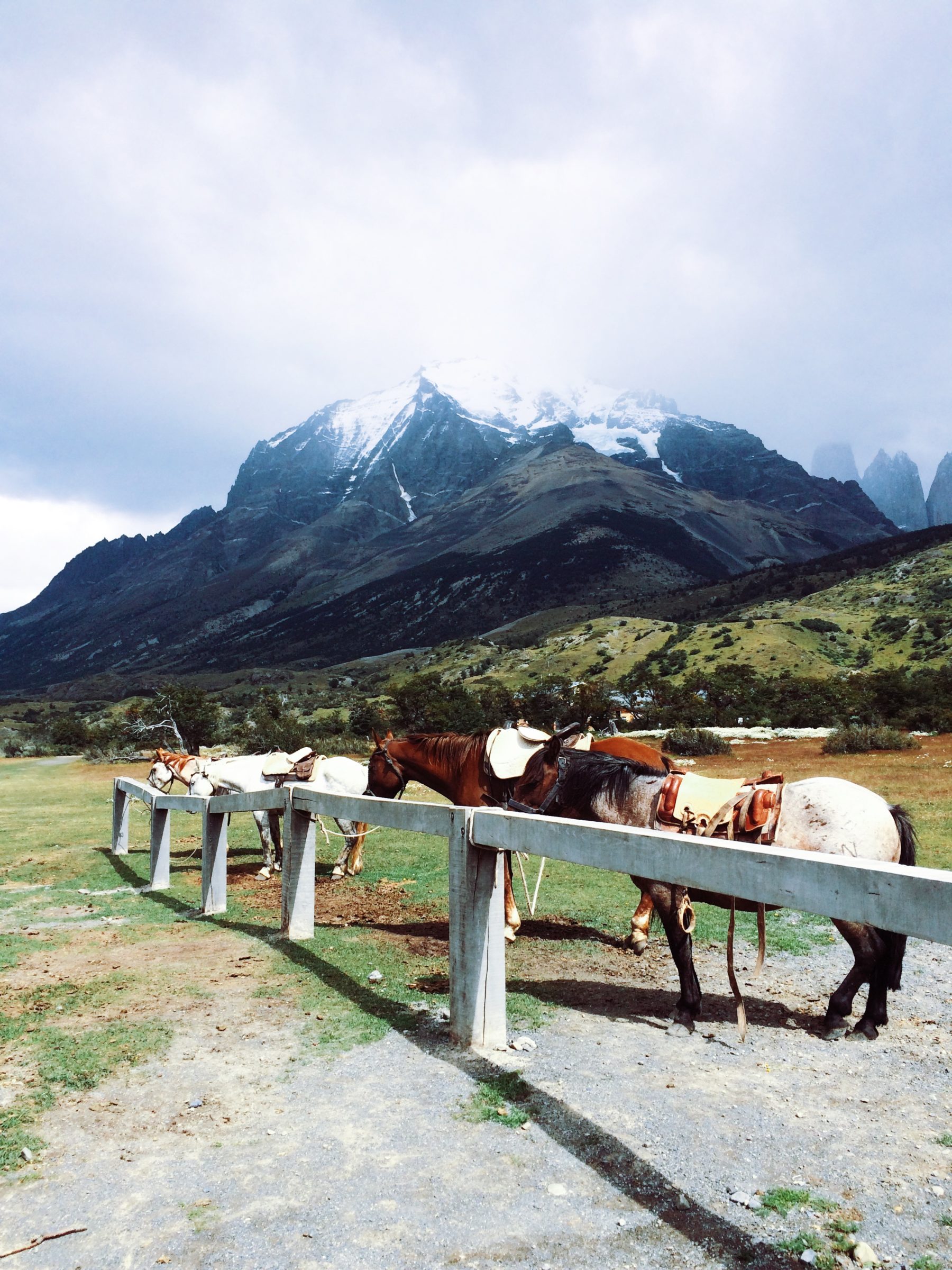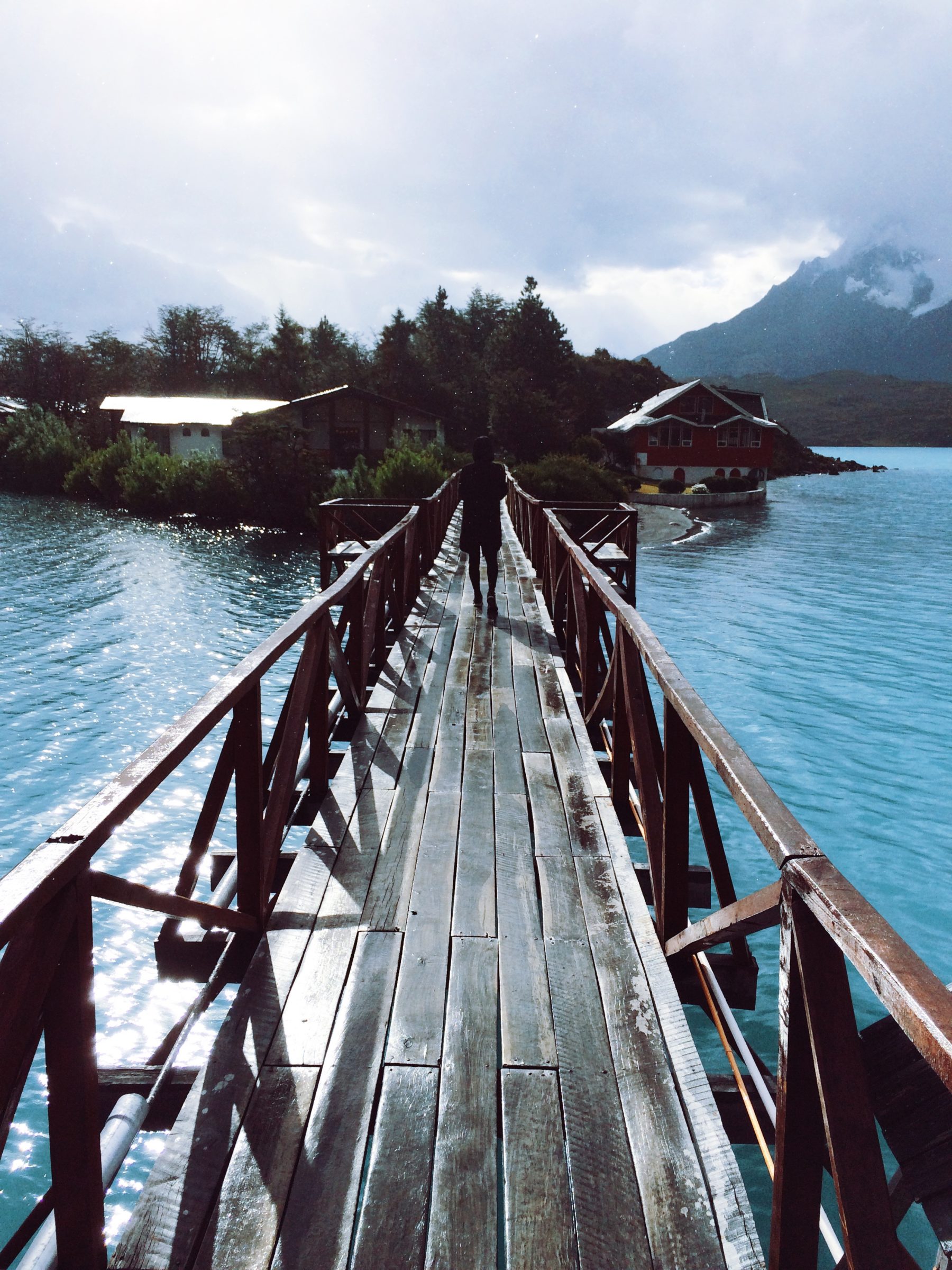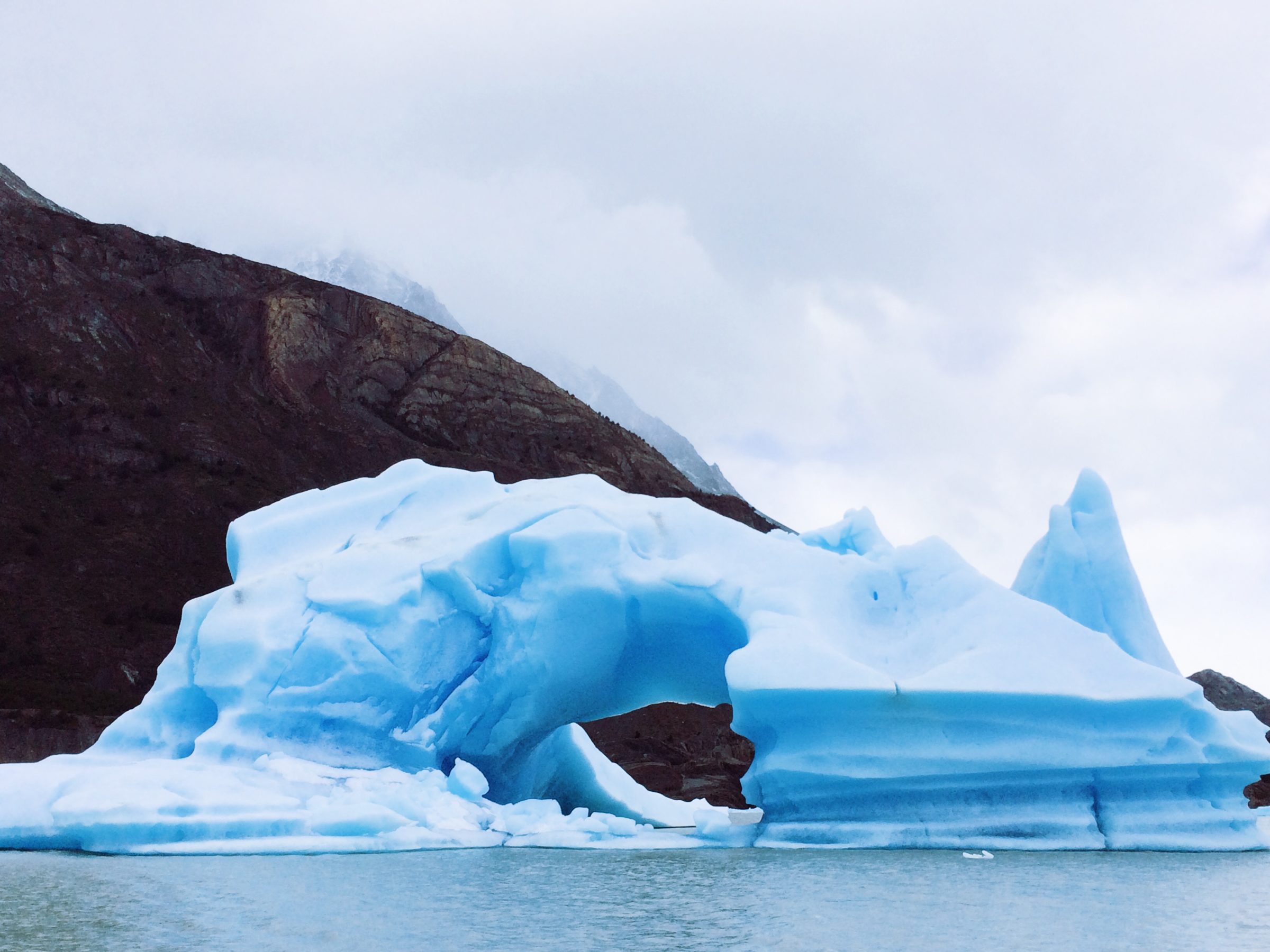(Published: 4/22/2017)
When I travel, I tend to prefer city trips or areas where there’s still some civilization around me as I like to call it. What I mean by that is that I like to have the option to be able to go to a grocery store and buy my own food and I like not having to sleep in a tent. Yes, I admit it, I prefer to have some sort of convenience and I generally pick cities (or let’s say more populated areas) over nature adventures. One of the reasons is that I grew up in a very rural area on a farm and hated every second of it. Another one is probably age. My backpacking times are definitely over.
Usually I’m not alone when I’m traveling but I’m with my husband. It so happens that he is an avid nature lover. Thus, I’m not only hanging out in big city metropolises when on the road but we tend to sprinkle in some trips to nature here and there as well. That’s probably a good thing and makes me enjoy city life even more when coming back from such a trip.
Our Trip To Torres Del Paine National Park
So when we planned our trip to Chile, my husband definitely wanted to visit the Torres Del Paine National Park in Patagonia at the very south of Chile. We visited Chile in January. After a short stint in Santiago de Chile, we flew to Puerto Natales, rented a car, bought some food for our time in the park, had a meal at El Living (highly recommended) and drove to our accommodation. We had booked for four nights and thus had planned for three full days in the park. We did not want to do the famous W or O hike which takes several days but instead planned on doing day trips.
Tips
Planning for this part of our Chile trip turned out to be a little tricky. The information I was looking for was either hard to come by or not available on the Internet. That’s why I wanted to provide you with information about the things I think are helpful to know in advance if you’re planning a similar trip.
Weather
It can get VERY windy in the park, especially in January and February. Also, the weather can be rather unpredictable and it changes throughout the park. Always be prepared for sunny or rainy weather.
What To Bring
You should bring appropriate clothing for the season you’re visiting. Since the weather is so unpredictable, you should definitely have clothes you can layer and a jacket that protects against wind, rain and/or chilly days and nights. If you’re planning on going on day hikes/trips like us, you should buy some groceries/snacks in Puerto Natales before driving to the park. There are no grocery stores in the park. You can either eat at hotels/hosterias or in lodges along hiking trails. Food at the big hotels can be very expensive though. So it’s a good idea to bring some food (we brought these and these – my favorite energy bars) and water. Also, bring and wear sunscreen (I swear by this one), obviously.
Accommodation
We stayed right outside the park at Hosteria Lago del Toro. It was a convenient location to drive into the park and to different destinations in the park. However, if you plan on spending more than three days in the park, I would suggest to book something IN the park since the ticket for the park is only good for three days. Breakfast was included at our hosteria. We also had the option to have dinner there as well which you have to pre-book. They would ask every guest if they wanted to have dinner that evening so that they could plan ahead. Except for our arrival day, we always had dinner there and it was always simple, good and plenty.
If money is not an issue for you, you can certainly stay at one of the big hotels. The comfort level there is certainly higher. But I was pretty content with our hosteria.
Rental Car
I would definitely recommend to rent a car from Puerto Natales. Some rental agencies have your car ready at the airport at Puerto Natales. At others you have to take a cab into Puerto Natales (don’t get screwed by the cab drivers) and pick up your car there. So check with your rental car company where you will get your car.
There are no gas stations in the park. Therefore, it’s important to fill up your tank before you drive to the park. In the beginning, I was a little worried if one full tank would be enough for our time in the park. However, it turned out not to be a problem and we didn’t have to leave the park just to get gas and we did a good amount of driving.
We met plenty of people who booked expensive tours or bus rides in the park and regretted not having a rental car.
In The Park
When I researched for this trip I could not for the life of me find any information about driving in the park. I wasn’t even really sure if there were enough roads in the park that made it worthwhile to rent a car. Maybe this is intentional because they want people to book expensive tours and rides. Who knows.
Anyway, you CAN drive in the park and should if you like to be independent. Most roads are gravel roads. That is, you can only drive in a moderate speed and should take this into consideration when driving from A to B.
When you get into the park you will receive a better map (with marked roads!) of the park than you can find on the Internet.
There are no ATM’s in the park. Thus, you should bring some cash for purchases. But you can pay with credit cards at most places like hotels, hosterias, lodges and for your park entry ticket.
Hiking And Day Trips
The most information you will find about hiking in Torres Del Paine National Park will be about the several-days long hiking trips W and O (and maybe Q). These tours require you to sleep in lodges or tents (gasp!) along your route. Some of you may know that I’d rather kill myself than embark on such a misery trip. In addition, you might find a lot of discouraging information about day trips in the park either not being possible or not being worth it. Okay, so I’m here to tell you that yes, it’s possible to make day trips and yes, it’s worth it! Just ask rangers at the tourist information about possible day trips and they will tell you lots of options.
Here’s what we did:
- Hike up to Torres Del Paine: This was the first tour we did and it took us a whole day. It’s quite strenuous and can be a little dangerous at the top with slippery rocks and a good amount of climbing involved. But it’s certainly doable if you’re reasonably fit and used to exercise.
- We took a round trip boat tour to Glacier Grey: Just amazing. I’ve never seen a glacier before and it was worth the whole freezing outside in the wind and rain while waiting for the boat.
- Another hike across some rather flat land. I can’t remember the exact name or route of the hike but it’s an area where you can see a lot of wildlife and you might be able to spot a puma. We saw llamas and a lot of bones of deceased (or killed by pumas?) animals. It was a little scary but nevertheless a nice, different kind of hike.
- One half day or so we just drove around to different areas and outlooks and took a lot of photos. Because yes, the landscape and colors in the park are truly magnificent.
All in all, it was a great part of our Chile trip. I would have preferred the weather to be a little warmer and less windy though. A better jacket would probably have helped, I must admit. Well, next time I know better.
Check out the next part of our Chile trip to the Atacama Desert here.
Have you ever been to Patagonia or are planning to go? Is this sort of travel guide helpful for you?





